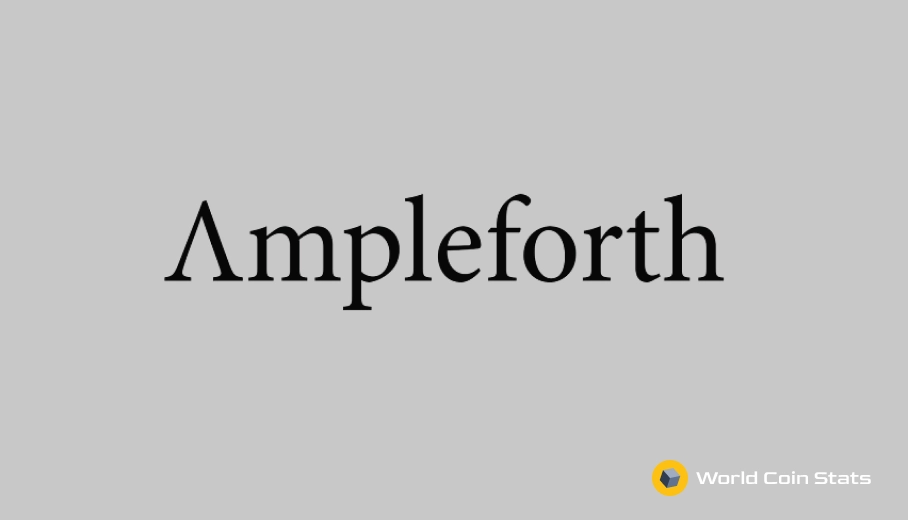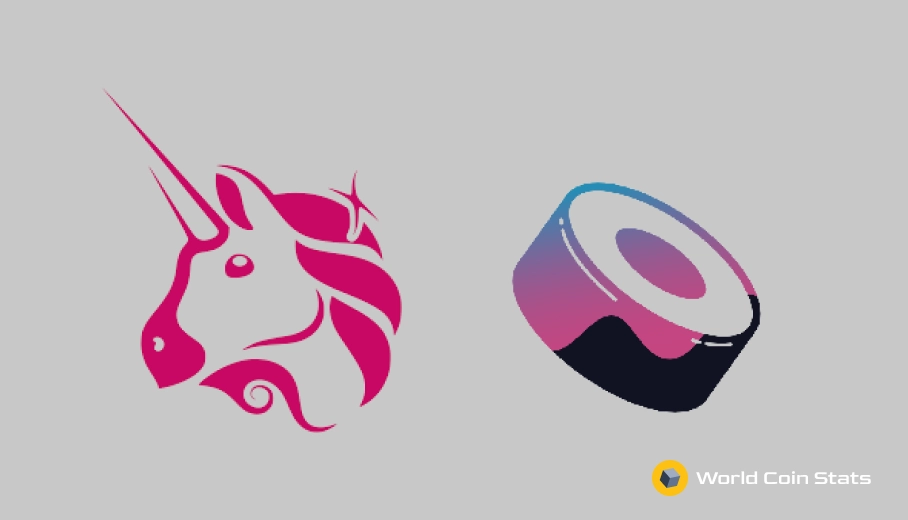CBDCs Will Trade Against Crypto Stablecoins
Cryptocurrency has seen tremendous growth over the past year and this growth has led many to believe that a central bank digital currency (CBDC) is in the pipeline. A CBDC brings up an interesting point about crypto stablecoins – will they be traded against CBDCs or will the crypto stablecoin disappear due to the tokenization of the fiat currency?
This article will offer speculation for the future of crypto stablecoins when the first CBDC is released to the public. For the record, it seems inevitable that some sort of CBDC will be released in the not too distant future.
What is a CBDC?
As mentioned previously, CBDC is the acronym for central bank digital currency, but what exactly this entails remains to be seen.
Remember, this technology has not been released nor has it even been confirmed to be in development, so everything about a CBDC is purely speculation at this point.
That said, a good guess about what a CBDC entails can be inferred based on data and public sentiment regarding banks. To understand this, we must briefly explain the current fiat system.
The current fiat system is obviously a complex system, but the basics involve a central bank that controls the monetary supply. The Federal Reserve does this mostly by controlling the internal lending rate of banks and buying or selling mortgage-backed securities from banks.
If the Fed wants to increase the money supply, then they lower the internal lending rate banks charge each other or they purchase securities or bonds from banks. More money on a bank’s balance sheets means that the bank can lend out more money.
A bank lending out money is essentially a bank printing money as it creates money that did not exist.
On the contrary, the Fed can reduce the money supply by selling bonds or securities to banks or raising the internal lending rate between banks. The money the Fed collects is removed from circulation, which is essentially the same as the Fed burning a stack of $100 bills. Instead, a bunch of 1s and 0s are removed from circulation.
This brings us to a CBDC.
How a CBDC Would Work
A CBDC would probably work in pretty much the same way as the current banking system, but with one major caveat.
Banks would not be necessary.
That’s right, everything would likely be centralized through the central bank. Instead of a bank account, you would have a CBDC wallet that is on the central bank’s ledger.
So, how would the central bank control inflation?
They would simply do so with bonds. If they want to stimulate the economy by adding more money, then they would issue more loans, lower interest rates, and/or buy bonds and other securities.
The opposite would apply if they want to tighten the money supply to curb inflation, so they would tighten up lending, raise interest rates, and sell bonds and securities.
Basically, a CBDC would allow a central bank to interface directly with the end-user rather than using a bank.
Will CBDCs Plug Into DeFi?
A good question about CBDCs, and one that brings us closer to stablecoins, is if a CBDC will plug into DeFi.
It would be convenient if this was possible, but it seems unlikely that the CBDC itself will exist on a blockchain like Ethereum. The more likely scenario is that the CBDC can be ‘wrapped’ into an ERC-20 token similar to how bitcoin is wrapped into an ERC-20 token that can be used on the blockchain.
What Will Happen To Fiat Stablecoins?
If a wrapped CBDC is in fact possible, then this probably spells doom for fiat stablecoins. Why?
There would be no point using a fiat backed stablecoin when a wrapped CBDC exists on the blockchain. Remember, a CBDC is essentially a fiat backed stablecoin issued by a central bank in this model.
What Will Happen To Crypto Stablecoins?
However, not all hope is lost for crypto stablecoins when a CBDC is released. It’s important to remember that a CBDC is still a central bank fiat currency at the end of the day – it has simply been digitized.
This provides an interesting opportunity for crypto backed stablecoins to flourish. You can view a crypto backed stablecoin as a sort of gold backed currency in this model.
Basically, you can exchange your CBDC backed/wrapped stablecoin for, well, a useless bunch of 1s and 0s created by the central bank with no maximum supply. Alternatively, you can use a crypto backed stablecoin that can be exchanged for a cryptocurrency with actual use and a finite supply.
Additionally, use of the crypto is untrackable, which is vastly different from the CBDC. A huge positive that cannot be understated.
Decentralization is The Way
This hypothetical scenario should at least prove one thing to those skeptical about CBDCs – decentralization will almost certainly be possible under this model for those that seek out. For those that don’t, centralized systems will likely pop up on the CBDC blockchain to replace the ones that will disappear.
As for stablecoins, decentralized stablecoins that rely on cryptocurrency will almost certainly exist when a CBDC is rolled out. The same cannot be said for a fiat backed stablecoin.
The trailblazers of cryptocurrency and decentralization were right – decentralization is always superior to centralization. This is true with stablecoins, exchanges, lending platforms, and pretty much every financial service that is currently centralized.
Closing Thoughts
Well, that covers it for what will happen to crypto stablecoins when a CBDC is inevitably released.
Yes, crypto stablecoins will still exist and will most likely trade directly against CBDCs. Some users will prefer having a coin backed by nothing but a central bank. Some users will prefer using a stablecoin backed by something valuable with a limited supply like a crypto backed stablecoin (ie. Dai).




